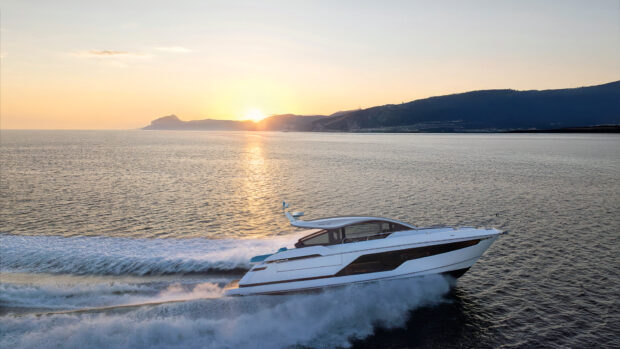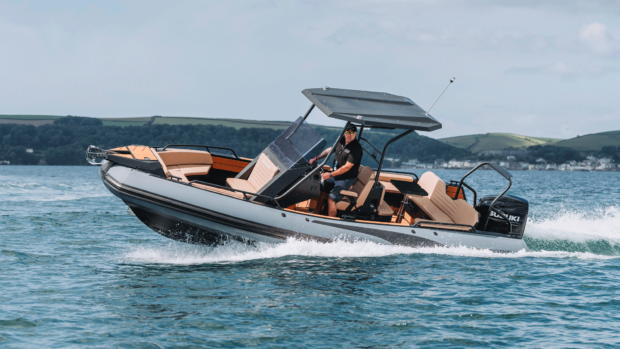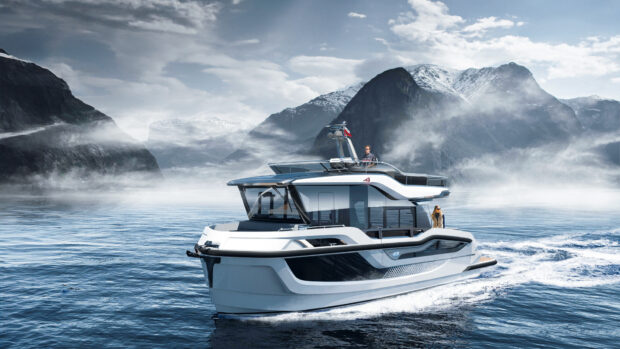Sea Watch asks motorboaters to help identify dolphin patterns
A leading marine research charity is urging boatowners to help solve the mysteries of the UK’s dolphin population by taking photos of the fins of any creatures they spot.
Sea Watch will then compare the pictures to others held on national ID databases at the charity’s base in Wales, and with regional catalogues held by other organisations to uncover dolphin movement patterns in the UK’s coastal waters.
“We are already aware of some of the movements of certain groups,” explains Dr Peter Evans, Sea Watch research director.
“For example, known bottlenose dolphins on the west coast of Scotland have been spotted off the Irish and Cornish coasts and Scottish east coast bottlenose dolphins were photo-identified near Whitby last year, which is further south than has been recorded before.
“However, we have no evidence yet that the Cardigan Bay bottlenose dolphins in Wales ever go to the Irish coast or out of the Irish Sea or whether the Irish dolphins ever leave their coastal waters to come to Wales.

Individuals are recognised from nicks in their fin or unique markings on their back or flanks, as is the case for orca and minke whales, or particular patterns of markings on the underside of their tail flukes as in humpback whales.
“By analysing movements more through this ID project, we can learn a lot from the dolphins, whales and porpoises around the UK – about the way they live, where they range to, and the challenges they are likely to face during their journeys,” said Dr Evans.
“We need to understand more about them to shape conservation policies and so enable them to thrive in UK waters.”
To take part in the fin ID project, all you have to do is send your photos to photo@seawatchfoundation.org.uk with the following information:
– Your name and contact information
– Date of sighting
– Location of sighting
– Estimation of the number of animals in the group
– Any other info you can provide e.g. time of sighting, sea state, behaviour etc.
Or fill out a SWF sightings form available online at www.seawatchfoundation.org.uk
Since dolphins and whales are protected species, there are strict regulations preventing boats from intentionally disturbing them by sailing too close or from following them, and Sea Watch is emphasising that pictures should be from opportunistic encounters – either when dolphins are bow riding or when they approach a boat.
Full details of the Marine Code of Conduct are available on the Sea Watch website










